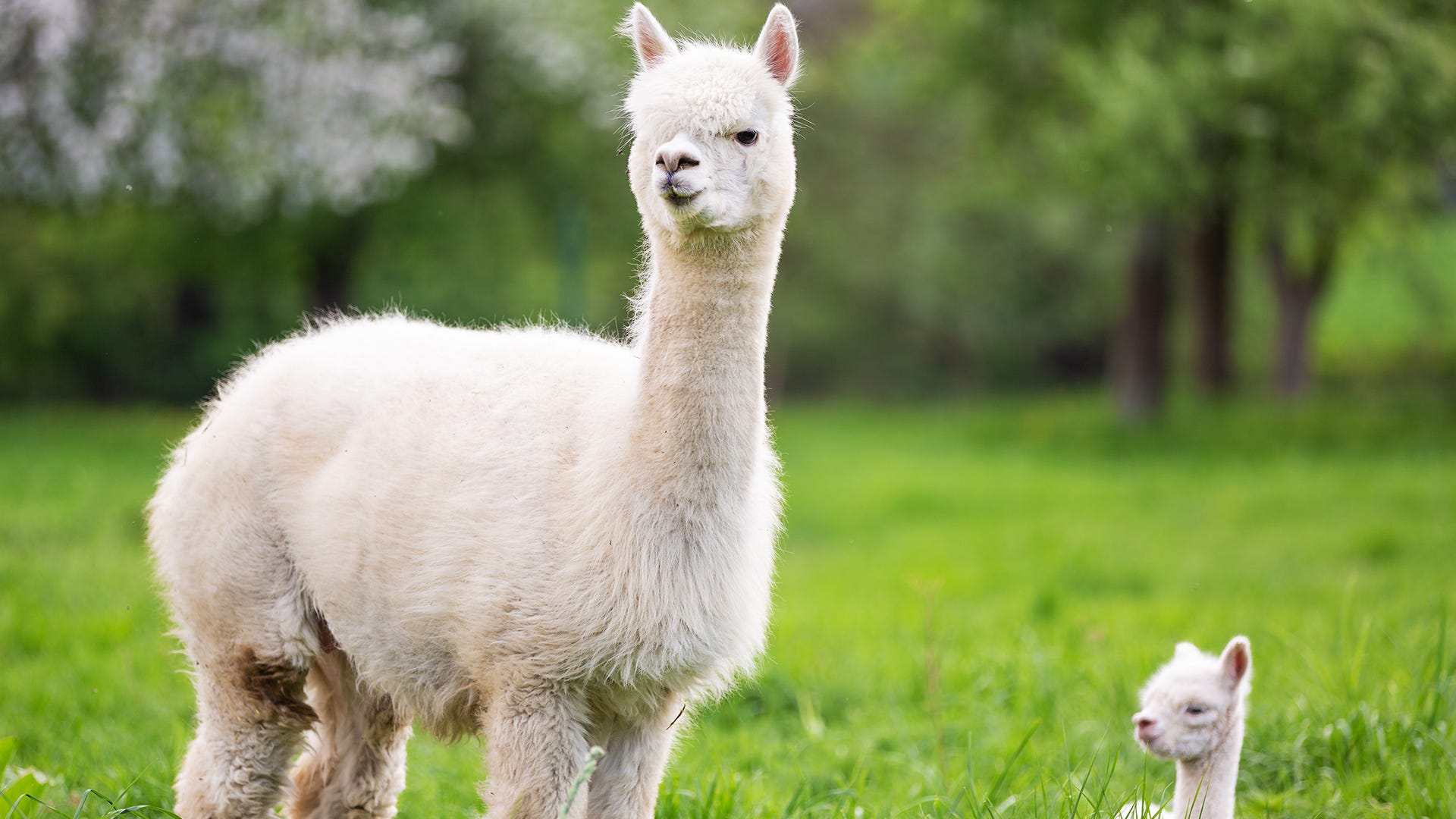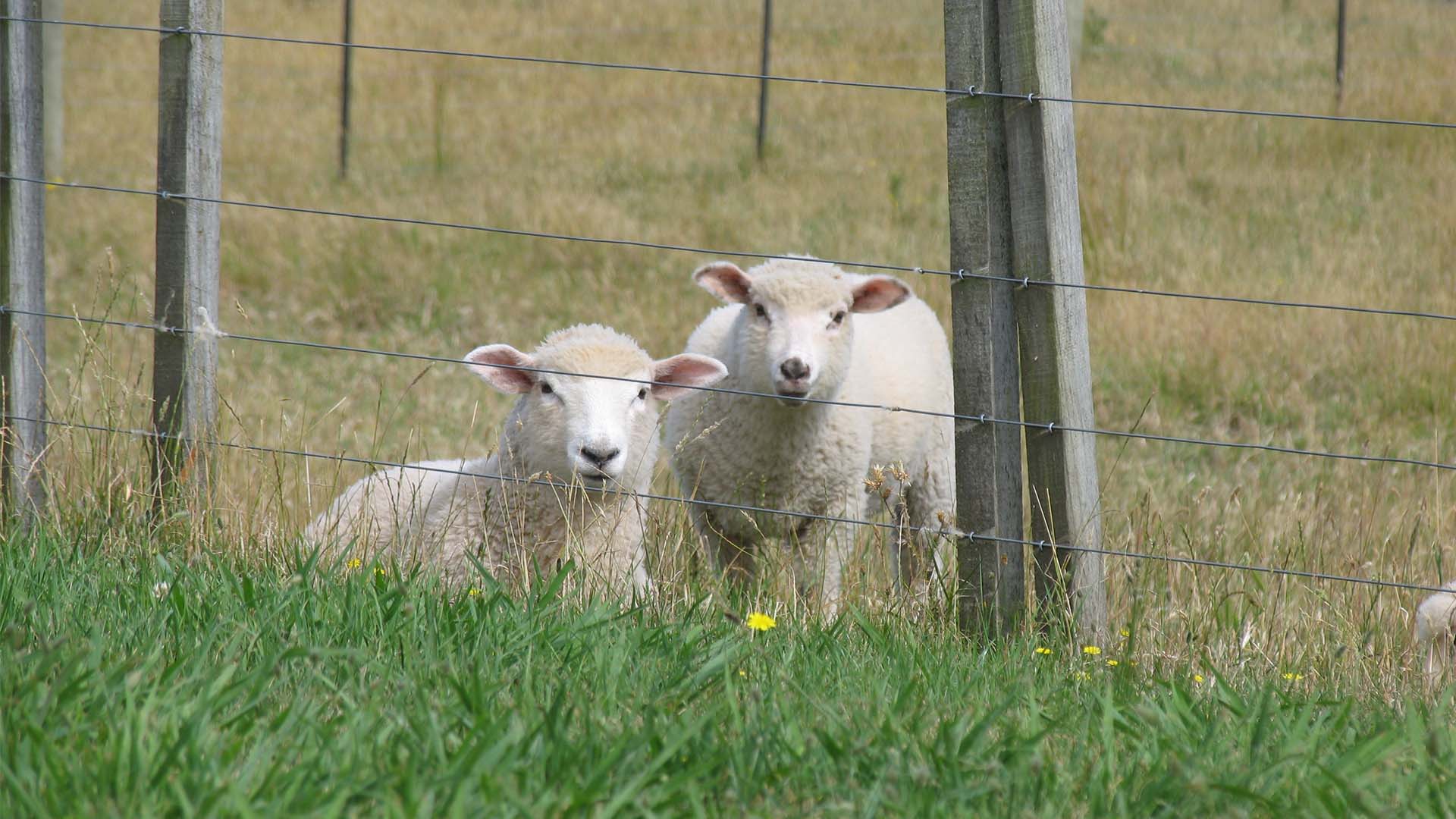
When it comes to fencing animals, the fence height is essential to safely contain and protect the animals inside while keeping the predatory animals out. Llamas and alpacas are unique animals with thick fur coats that are common on many farms. Learn the best ways to contain llamas and alpacas while effectively ensuring their safety!
Planning your Llama or Alpaca Fence
When it comes to llamas and alpacas, there are several questions that you should be asking yourself before planning to put up your fence:
- Do you plan to have male and female llamas and alpacas?
- Will you have young crias (llama and alpaca babies) in the fencing with the adults?
- Do you have predators/what kind of predators can endanger your animals?
If you have both male and female llamas and alpacas, it will be necessary to separate them. Baby llamas in the same containment as adult animals can make fencing a danger because they can potentially get caught in the fence while they are small.
It might be because of specific predators that you are implementing a fence for your animals, so determining which animals you want to keep out can help figure out which fencing best suits your needs. Adult llamas and alpacas can kick as a form of defense, but predators like wolves, coyotes, or stray dogs can still bother them. Crias are in more danger when dealing with those predators, so they require extra protection.
Specifications for Your Llama or Alpaca Fence
When determining wire count and height, there are a variety of factors to take into consideration. Shoulder height, feeding style, intelligence, activity, and type of coat all affect the fencing situation that you are planning.
As sociable herd animals, llamas and alpacas do well with others and are easy to control and train. However, they do have a thick fur coat, making it harder to conduct electricity. Despite this, they are intelligent and can learn to respect an electric fence quickly once put in place.
Llamas and alpacas are taller animals. The fence should be up to their shoulders, which is about five feet, to ensure that they can’t jump over. It’s good to go with electrified high-tensile fencing for safety and security. The number of wires for the fence can range from 4-6, depending on the questions previously mentioned. As for spacing, recommendations fall between 4 strands for mature llamas and alpacas, and 6 strands for crias.
Fence chargers for llamas and alpacas are supposed to maintain 4,000-5,000 volts on the fence line. Vegetation impacts voltage level so take potential interference into account.
The minimum voltage required to keep out predators is 5,000 volts.
Check out our advice by animals to see more information fencing for llamas and alpacas, as well as fencing advice for other animals.

Learn More About Fencing
Llamas and alpacas can be great animals to own, so you want to make sure that they are safe and happy. Tell us how you successfully set up your llama and alpaca fence on our Facebook Page. You can also stay up to date on all our fencing products and advice for llamas, alpacas, and more by signing up for our e-newsletter.



